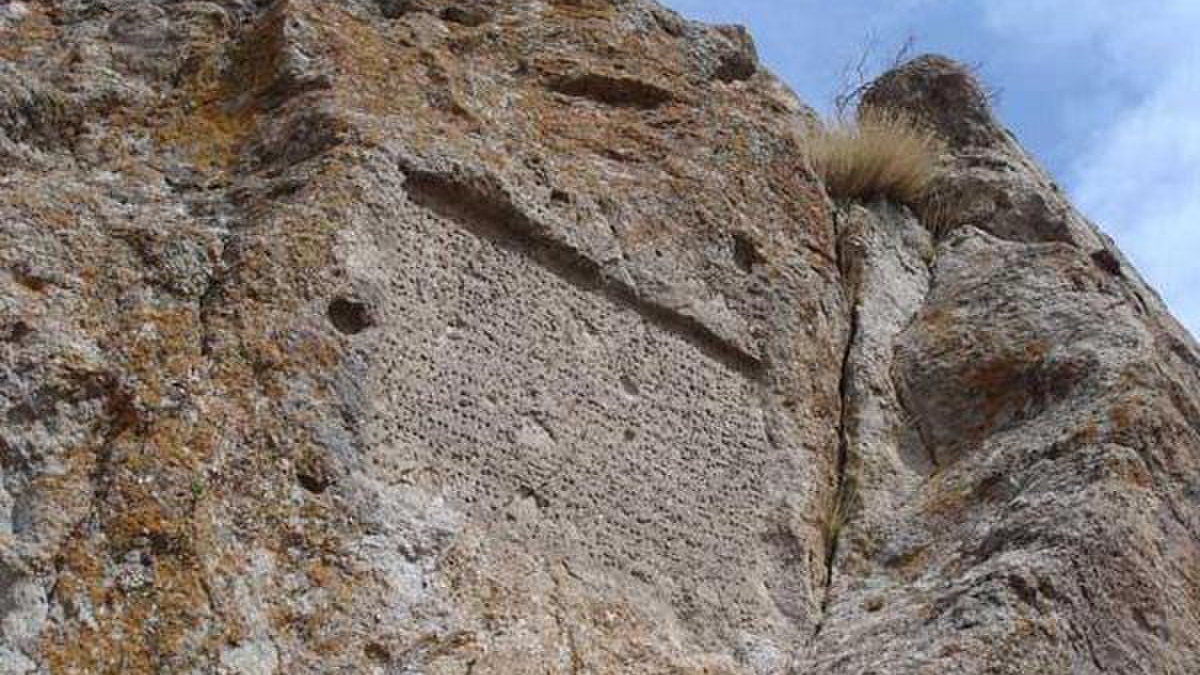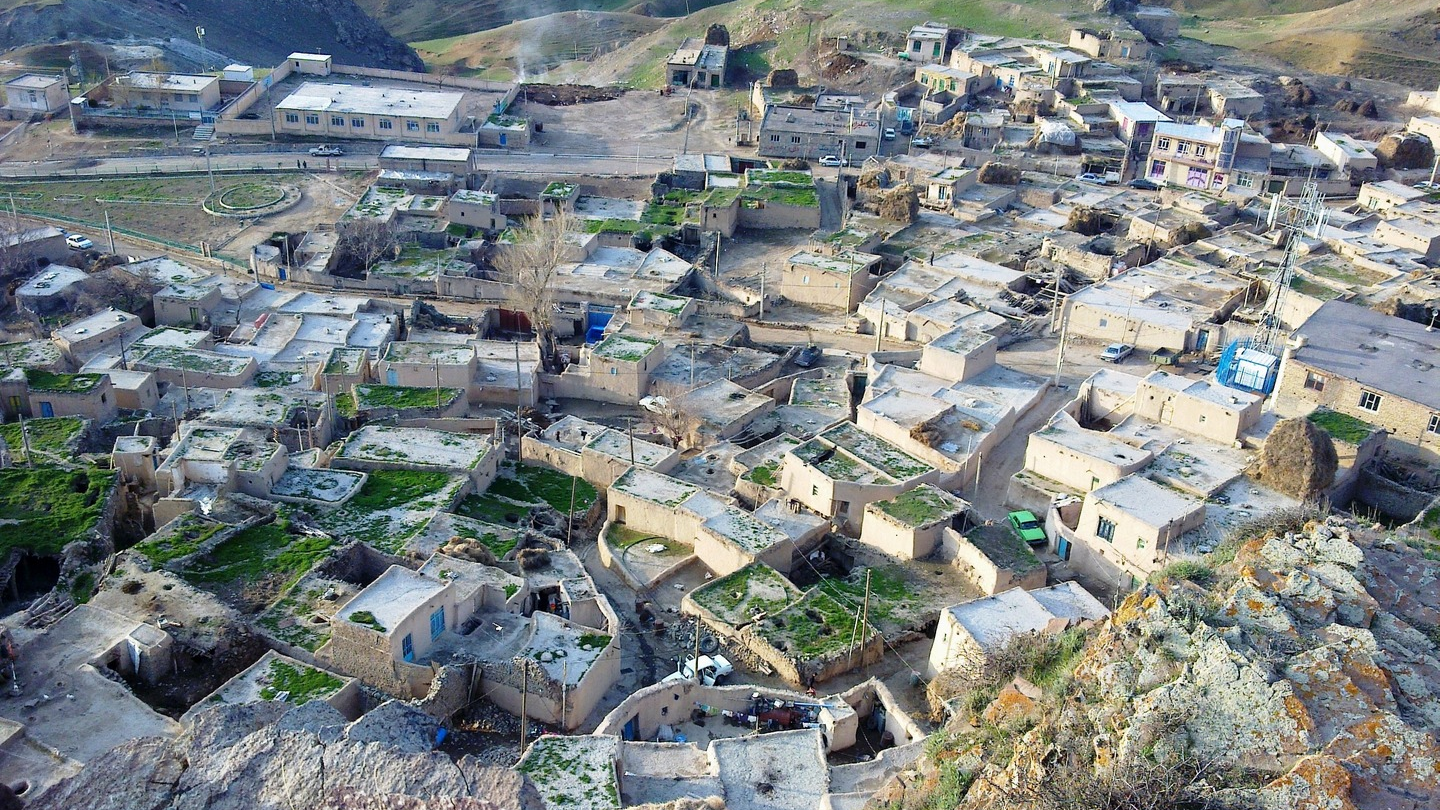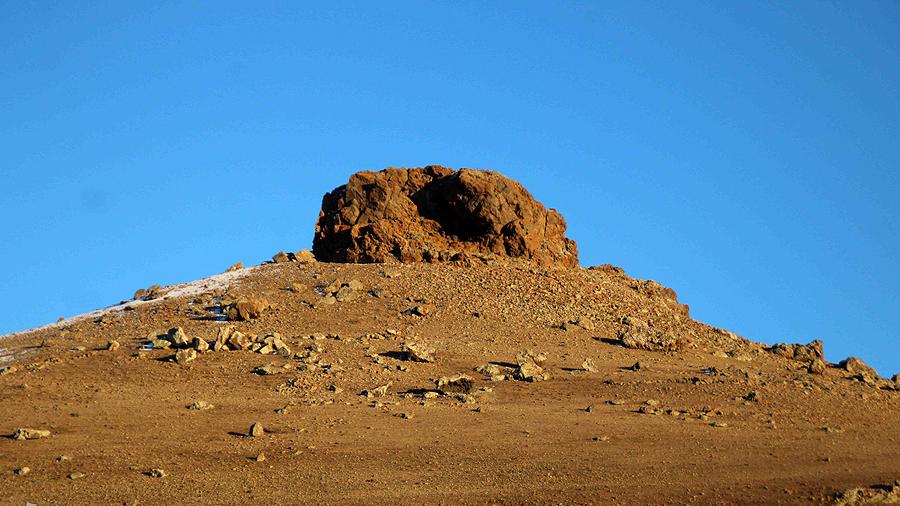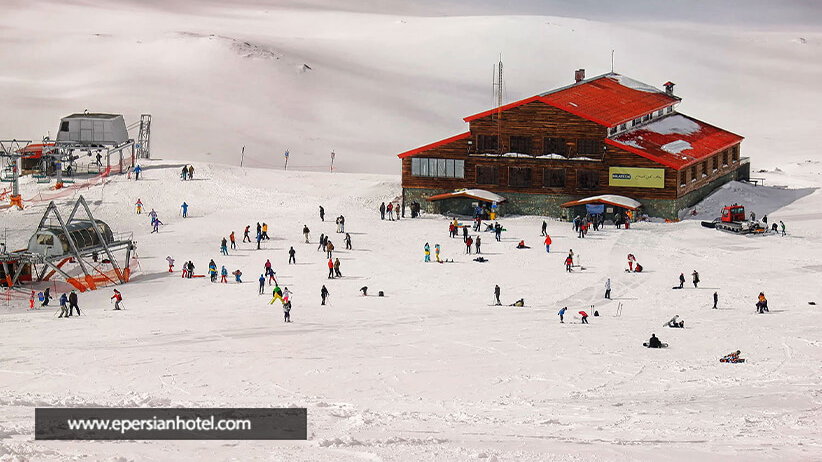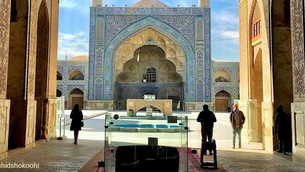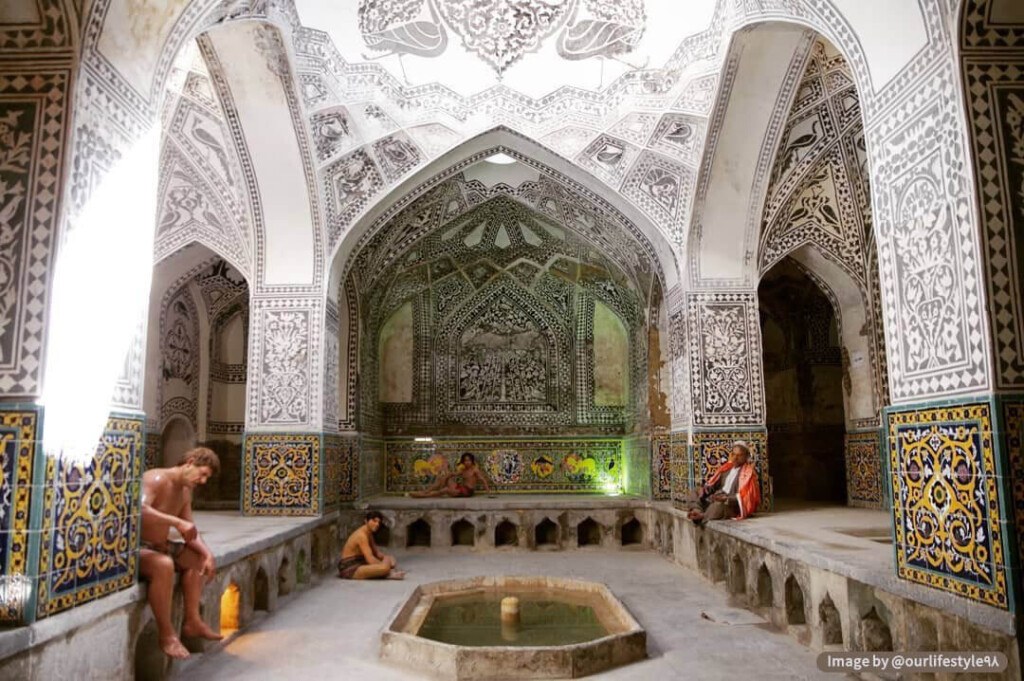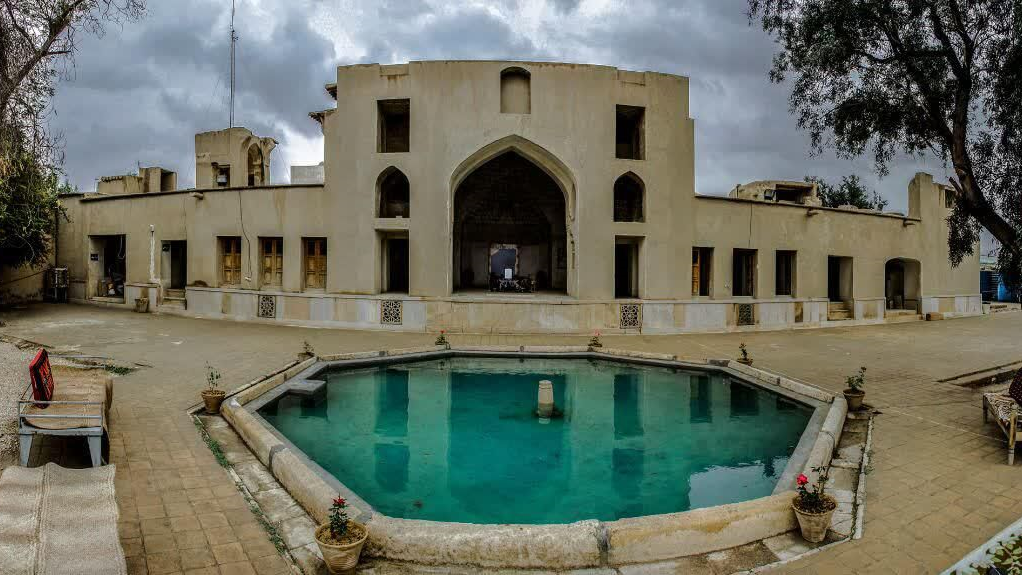
Ivan-e Qadamgah of Arsanjan
Arsanjan is a county in Fars Province of Iran, which houses many ancient and historical monuments. Ivan-e Qadamgah, which looks like the tomb of the Achaemenid kings, is one of the most mysterious and remarkable sites in this county and the purpose of its construction and usage is still a matter of dispute among archeological experts.
History of Arsanjan
Arsanjan County is undoubtedly several thousand years old, but no exact date for the foundation of this region, which houses the remains of certain sites related to the Achaemenid era (550 to 330 BC). Ivan-e Qadamgah of Arsanjan is one of these sites, which is located about 40 km south of Persepolis. There is a cemetery about one hundred meters west of this site where graves from the pre-Islamic period up to the Qajar era (19th century) can be seen.
Architecture and Features of Ivan-e Qadamgah
This rock-cut monument consists of three platforms with rear walls and staircases and features cavities on the back wall and a now-dry spring and pond at the bottom. Two stone porches connected by two stairs can be seen in this building. The two terraces, three staircases, several ledges on the rear walls, and the cavities around the building are the most important architectural elements of Ivan-e Qadamgah.
What was the Purpose of Ivan-e Qadamgah?
There are various theories about the purpose of this site and a single opinion has not been accepted by experts yet. However, some documents show that special rituals were performed in this place on certain days of the year (most likely during Nowruz). Although there are many similarities between this site and the tombs left from the Achaemenid era, it is evident that the purpose of building this site was not to turn it into a tomb. One of the reasons for this claim is the absence of petroglyphs, the likes of which can be seen in the tombs of Achaemenid kings in areas such as Naqsh-e Rostam.
Some archeological experts believe that Ivan-e Qadamgah was a family tomb built towards the end of the Achaemenid period and most likely during the reign of Ardeshir II (404 to 358 BC), to honor one of the Elamite treasurers. According to them, the cuts and carvings used prove that the construction of the monument had been completed and the theory it was abandoned incomplete is incorrect.
There is also a theory that Ivan-e Aadamgah was an astodan; the place where the followers of Zoroastrianism used to transfer and keep the bones of their dead. They believed that burying the dead body in the soil would cause pollution to water and soil, so after death, they would move the dead body to a place called Dakhma (also known as Tower of Silence), which was located in the heights. Dakhma was designed in such a way that birds could enter it and feed on the flesh of the dead and the remaining bones were then transferred to the astodan. Religious writings and the names of the people whose bones are kept in that place can also be seen in the remains of the old astodans.
The latest theory, which is supported by research conducted in 2014, rejects the idea of this place being an astodan and suggests its connection with water rituals. Water, as one of the four elements that make up nature, was sacred to the ancient Iranians, and, therefore, certain rituals were performed to honor water and its goddess (Anahita). In recent research, experts have come to the conclusion that most probably there were stone slabs on the five cavities of the rear wall, which may have been decorative inscriptions.
Where Is Ivan-e Aadamgah Located?
This site is located about 35 km from the city of Arsanjan, 40 km to the south of Persepolis, and in the north of a village called “Chasht Khor” at the foothill of Mount Rahmat. To access this ancient site, one must use the Kharameh-Karbal-Arsanjan road.
Ivan-e Aadamgah of Arsanjan was inscribed on the list of Iran’s national heritage in 1975.
| Name | Ivan-e Qadamgah of Arsanjan |
| Country | Iran |
| State | Fars |
| City | Arsenjan |
| Type | Historical |
| Registration | National |
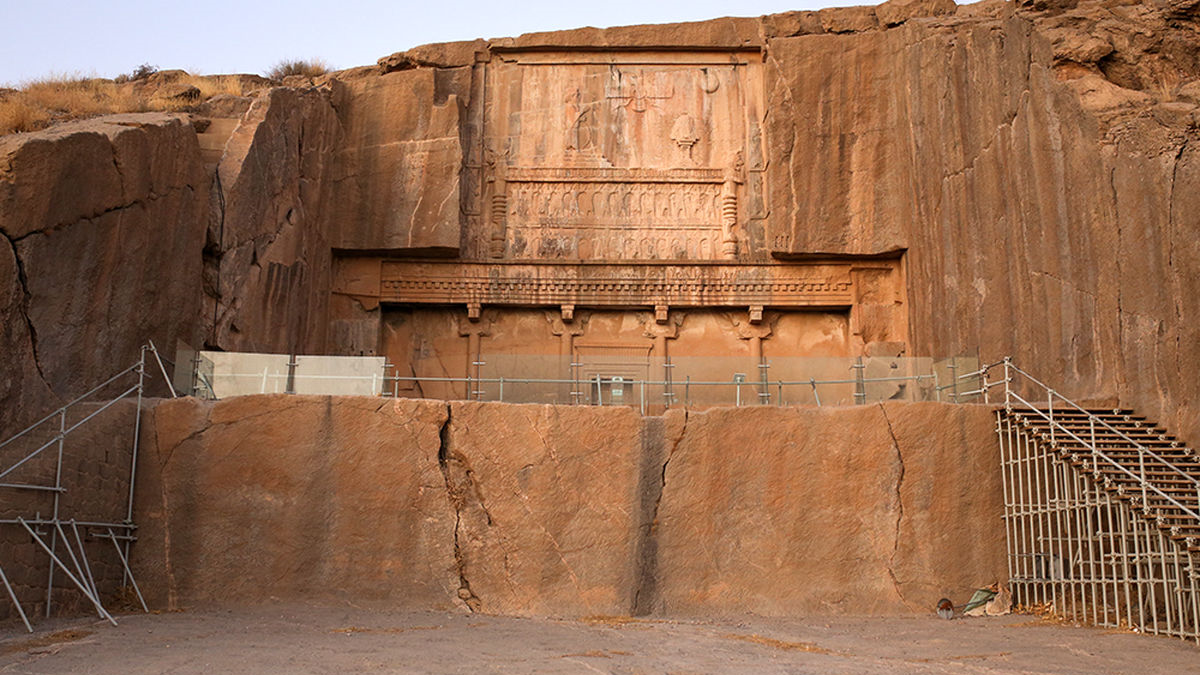
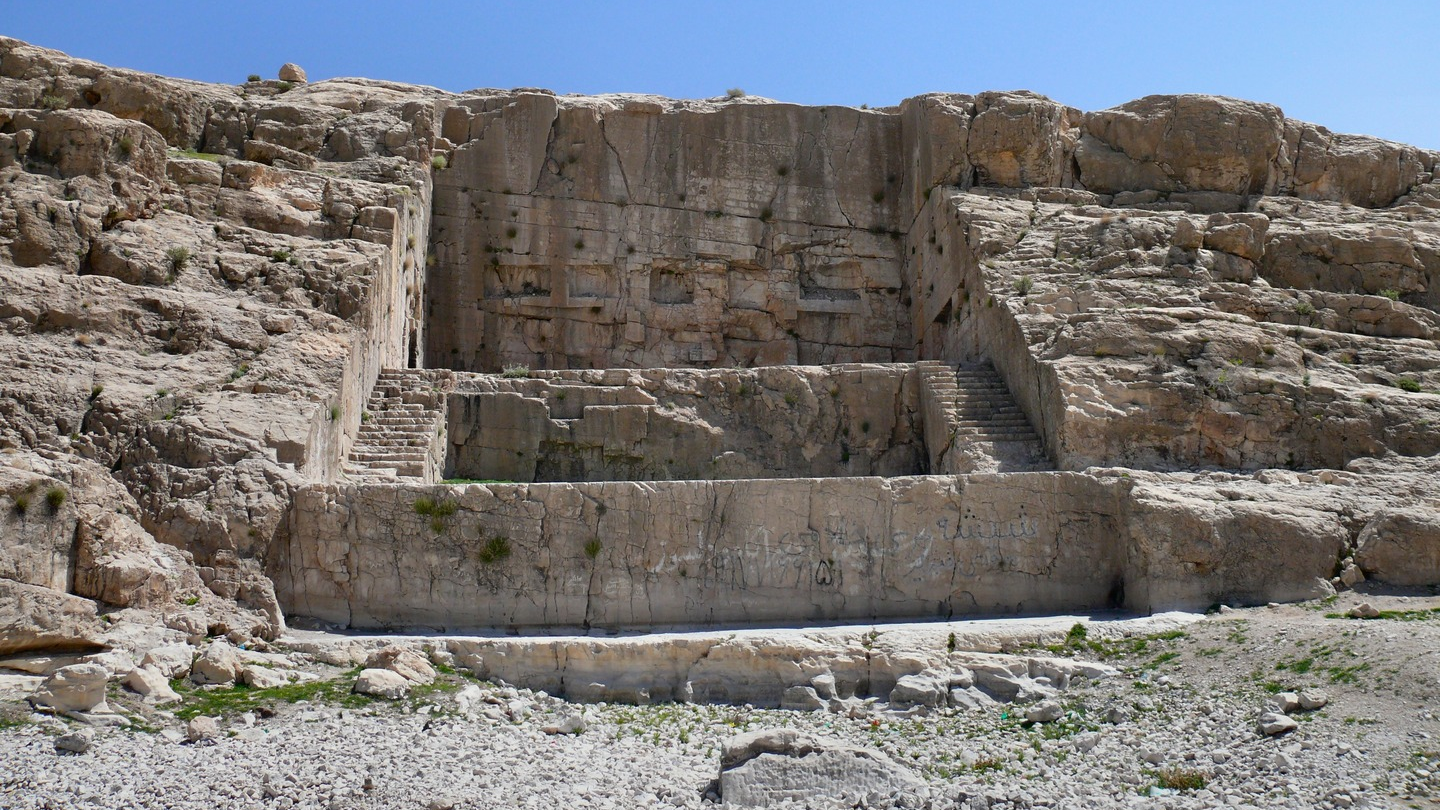



Arsanjan
Historically important, many cities of Fars province, including Arsanjan, house several ancient and historical monuments making them tourist attractions.
History of Arsanjan
The original name of this region was “Arsangan”, which consisted of two parts: “Arsan” meaning good weather, and “Gan” meaning place. The name of Arsanjan is mentioned in old books related to the geography of Iran, but its foundation cannot be attributed to a certain period of time. There are several historical hills in Arsanjan dating back to the prehistoric era. The remains of the sites related to the Achaemenid period (550 to 330 BC) reflect the importance of this area at that time.
Population and Geography of Arsanjan
Arsanjan has a population of about 20 thousand people. There are green forests and high mountains in this city that have created unique landscapes. Thus, in addition to its historical monuments, Arsanjan’s natural attractions should be considered a must-see.
The flora of Arsanjan includes such plants as prangos, broad-leaved thyme, thin-leaved thyme, spear thistle, mountain mushroom, red onion, pennyroyal, wild mint, chimonanthus, and saffron.
Historical Sites of Arsanjan
Sayyida Khatun Cave
The largest ancient cave in Arsanjan in which several thousand stone tools used for hunting have been discovered. Archaeological explorations date this cave back to 60,000 to 70,000 years ago.
There is a shelter located 500 meters east of Qalatkhar Village in the central part of Arsanjan, that according to experts, was used by humans in the Neolithic period (11,000 to 4,500 years BC). This site was inscribed on the list of Iran’s national heritage in 2007.
Ivan-e Qadamgah of Arsanjan
Located about 35 km from the city of Arsanjan, and 40 km to the south of Persepolis, this site of the Achaemenid era was inscribed on the list of Iran’s national heritage in 1975. There is a cemetery one hundred meters to the west of this site where graves from the pre-Islamic period to the Qajar period (19th century) can be seen.
Gamban (girl) Dam
The construction of this dam dates back to the Buyid era (10th and 11th centuries AD) and according to some people, to the Sassanid era (3rd to 7th centuries AD). This dam is not located on any river but was built to store water from several springs. There are two old cemeteries around this dam, the eastern one is older than the western one. A tombstone belonging to 581 AH (1185 CE) can be seen in the eastern cemetery.
Saidiyeh School
This building was built in the Safavid era (year of establishment 1085 AH/1674 AD) and was inscribed on the list of Iran’s national heritage in 1976 AD. The structure of the building is in the form of four porches and four rooms in each porch. A stone pond can be seen in the middle of the schoolyard.
Jame’ Mosque of Arsanjan
This mosque was built in the Safavid era (16th century AD). The continuous arches and vaults, which are based on the strong pillars of the mosque, have given the mosque an indescribable glory. There are two naves in the south and east of the mosque, which were used for religious ceremonies.
Natural Attractions of Arsanjan
Zahhak Cave
One of the attractive destinations of Arsanjan for nature lovers and rock climbers, the mouth of this cave can be accessed using climbing equipment. The cave is 60 meters long and it is said that before taking Zahhak to Mount Damavand, Fereydoun had imprisoned him in this cave.
Green Pearl of Arsanjan
There is a pistacia atlantica tree four kilometers northwest of Arsanjan that has grown on a huge rock and is nearly six meters high. According to residents, this tree is 500 years old. The roots of the tree have broken the surrounding rock and reached the surface.
The Arch of Pir-e Basfa
This natural site is located on the slopes of Chenar Mountain, four kilometers northeast of Arsanjan. It is said that a person who was a saint or a “mentor’ of the people of the area has been buried in this place.
| Name | Arsanjan |
| Country | Iran |
| State | Fars |
| City | Arsenjan |
| Type | Historical |
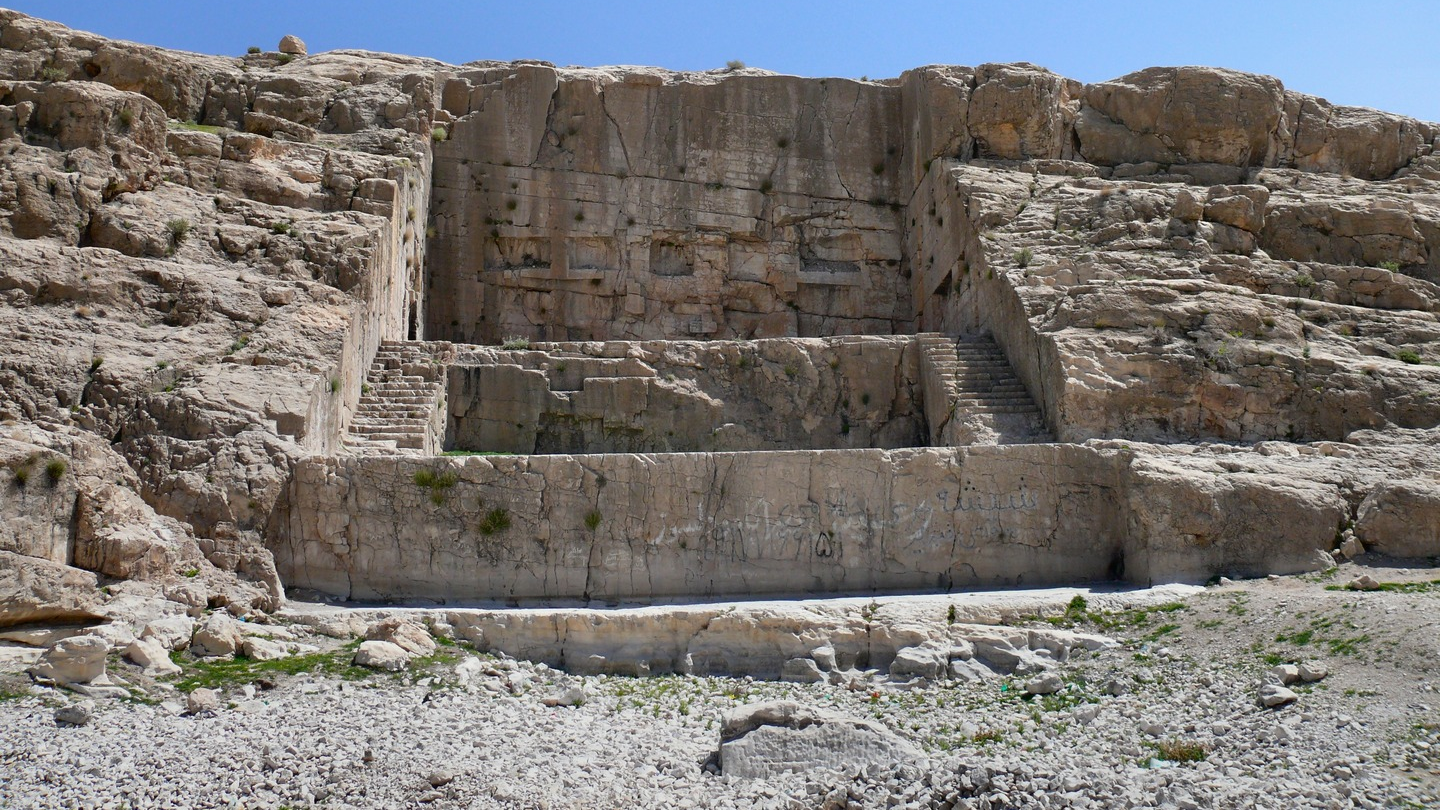
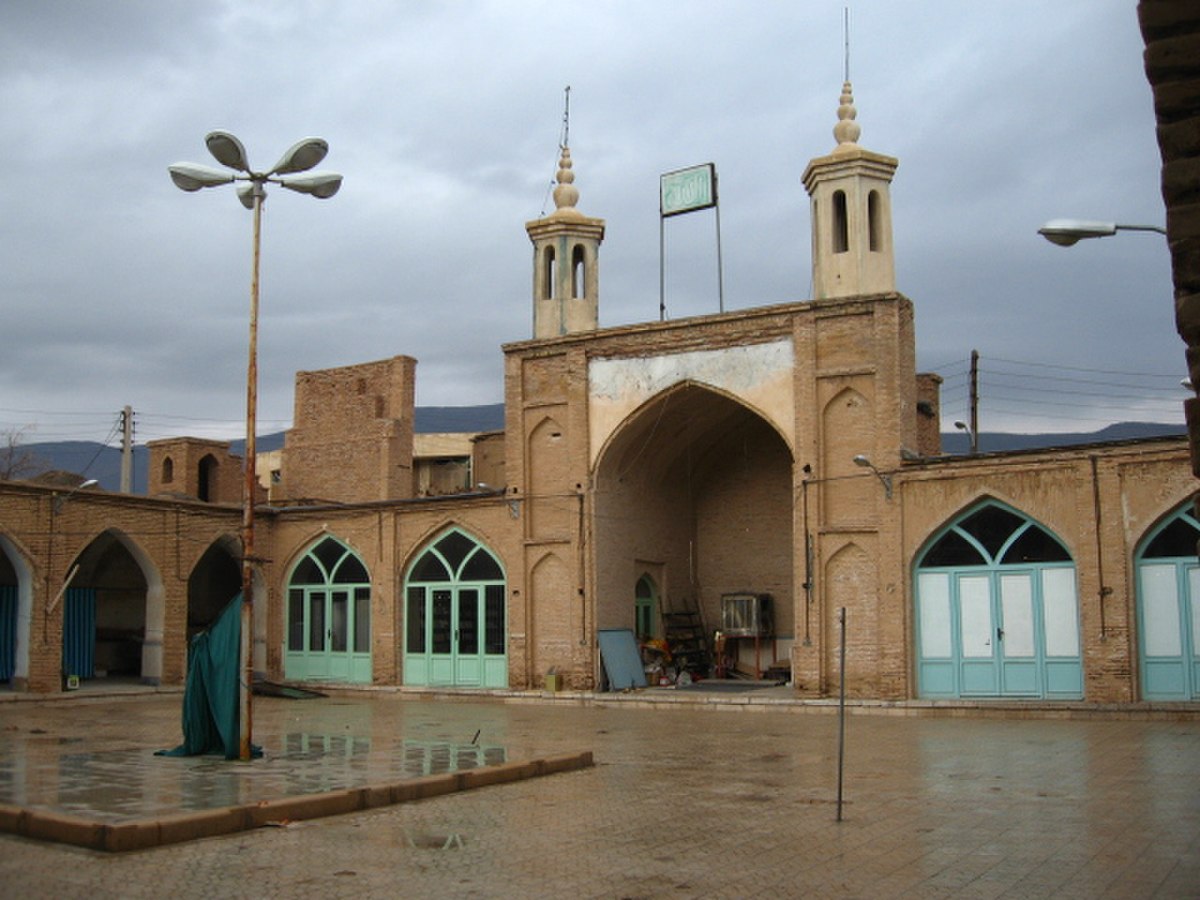
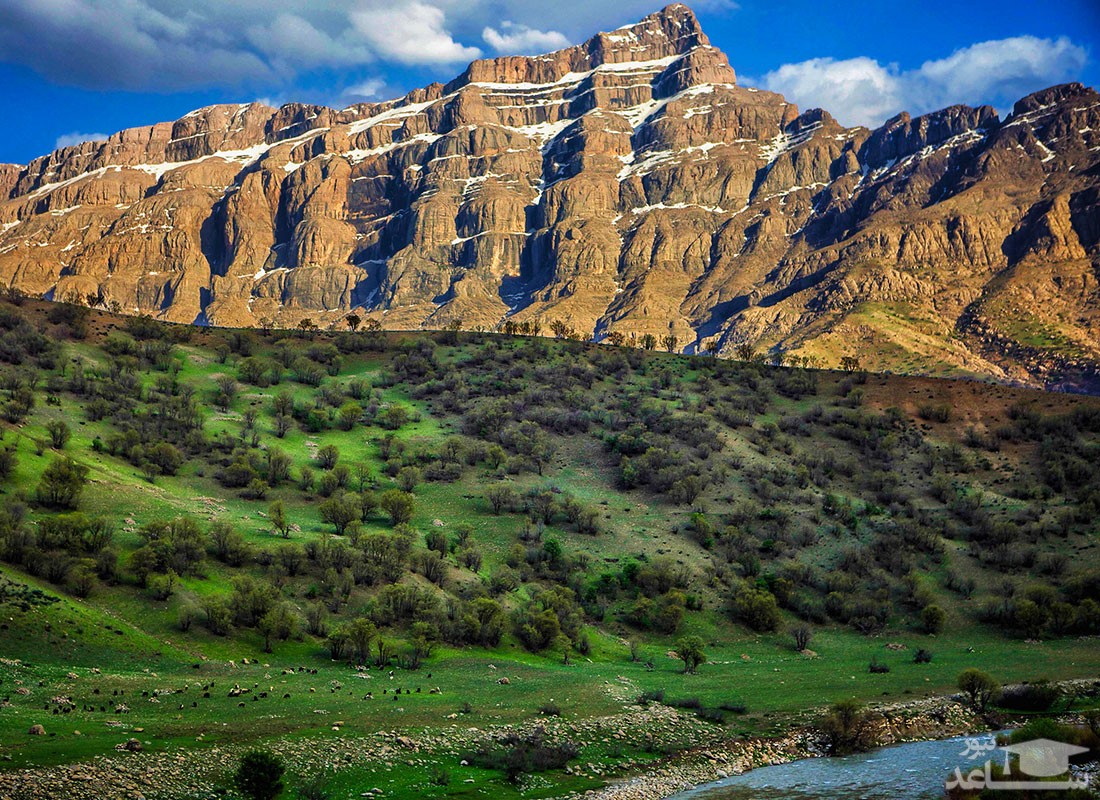
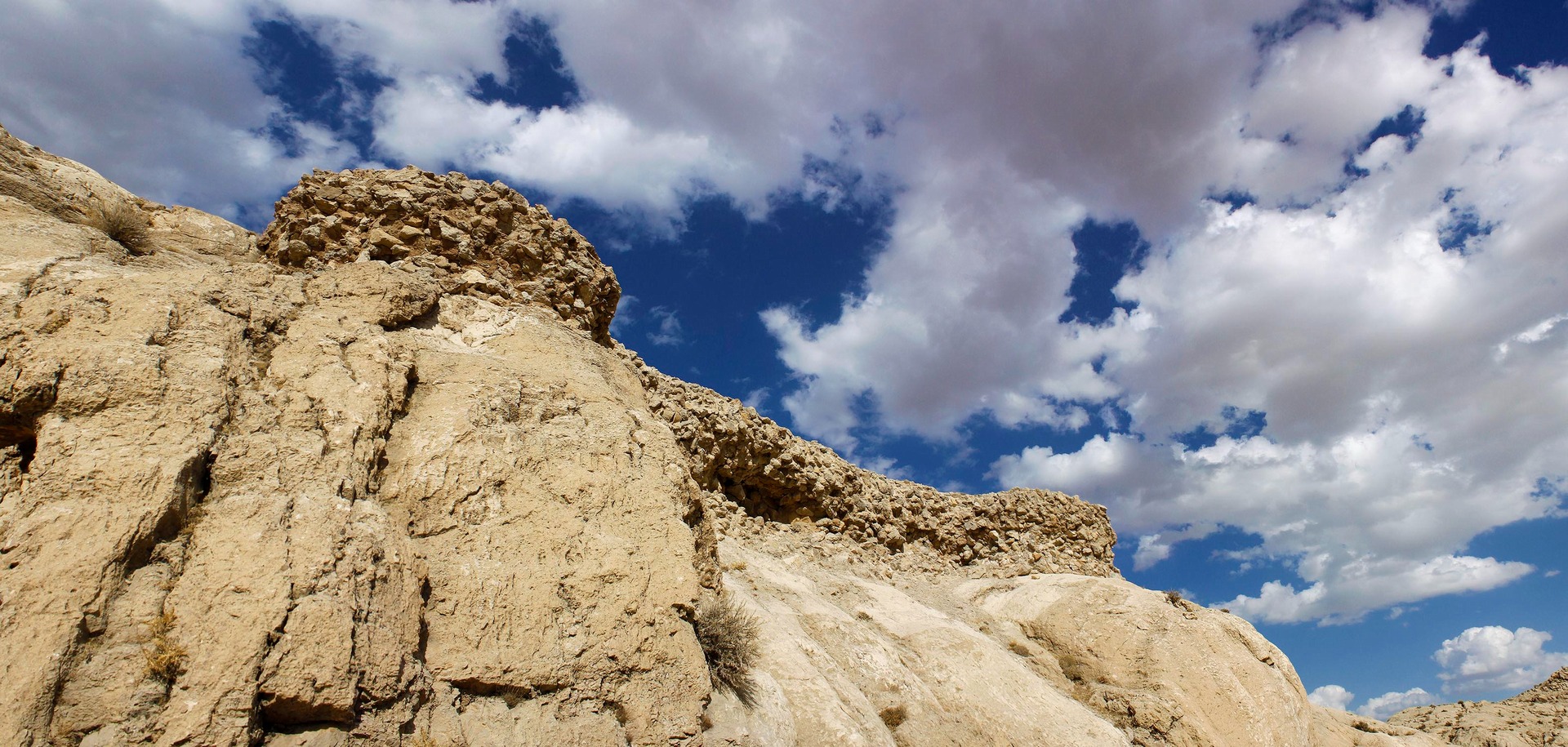





Saydeh Khatoon Cave of Arsanjan
Sayedah Khatoon Cave (also called “Tang-e Ashkan) is the largest prehistoric in the Arsanjan region of Fars province from which thousands of stone tools related to hunting have been obtained during archeological explorations. It is said that since a person named “Sayedah Khatoon” lived in the cave many years ago the cave has been given this name.
History of Arsanjan
Arsanjan is one of the old cities of Fars province, human habitation in which dates back to about 70 thousand years ago. Several caves have been discovered in this region, which were used as settlements by prehistoric people.
This city has always been of interest to tourists because of its pleasant climate and history. The name of the city is composed of two words “Arsan” meaning good weather and “Gan” or “Jan” meaning place. In fact, it is due to its pleasant climate and rich resources that this region has been a suitable place for human settlement for tens of thousands of years.
Features of Sayedah Khatoon Cave
This cave is located 1691 meters above sea level and 17 meters above the surrounding areas. The mouth of the cave is 40 meters wide and 22 meters high. After entering the cave, the mouth of the cave becomes narrower, therefore, making the interior environment safer. With a length of about 26 meters, this cave provided a space of nearly 400 square meters to its inhabitants. The large space of the cave and its opening facing south made the cave cool in summer and warm in winter. This feature also allowed enough light into the cave.
History of Sayedah Khatoon Cave
The explorations done in this cave show that its history dates back to the Paleolithic period (60 to 70 thousand years ago). This period includes the oldest and earliest stages of human life, in which man used stone tools for the first time. This era had lasted from 3.3 million years ago to about 8500 BC.
Explorations Done in Sayedah Khatoon Cave
During archeological explorations done in this cave, hunting tools made of stone, bones of some animals such as horses, and a structure that was located at the bottom of the cave that was used to store water were discovered.
In the course of explorations conducted by Jiro Ikeda, a professor of natural anthropology at Kyoto University in Japan, and his colleague Akira Sanoki, in an area of 900 square kilometers in the south and southwest of Iran in 1977, a total of 144 caves and shelters, 21 open areas, 31 hills, and 19 stone mound areas were discovered, one of which was Sayedah Khatoon Cave.
Thereafter, Iranian and Japanese archaeologists engaged in joint explorations of this area in several seasons and their findings showed that Sayedah Khatoon Cave was a place of human habitation in several historical periods. A knife, 38 scrapers, 26 medium blades, 119 small blades, 42 small blades, 61 source rocks, and 283 chips were found in this cave. Also, five stoves, 13 thousand stone tools, and many animal bones were discovered in the excavations, which show that the people living in this cave used to hunt horses, goats, and gazelles.
Located 10 kilometers southeast of Arsanjan, Sayedah Khatoon Cave was inscribed on the list of Iran’s national heritage in 2006.
Sayedah Khatoon Cave (also called “Tang-e Ashkan) is the largest prehistoric in the Arsanjan region of Fars province from which thousands of stone tools related to hunting have been obtained during archeological explorations.
| Name | Saydeh Khatoon Cave of Arsanjan |
| Country | Iran |
| State | Fars |
| City | Arsenjan |
| Type | Historical |
| Registration | National |
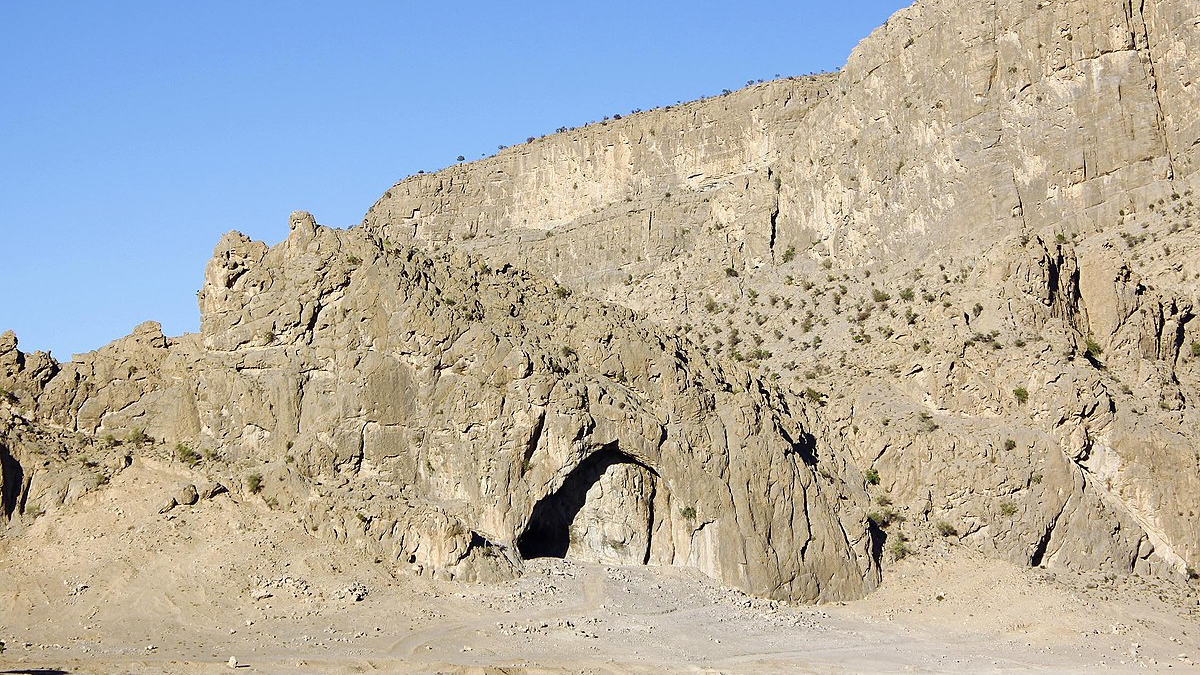
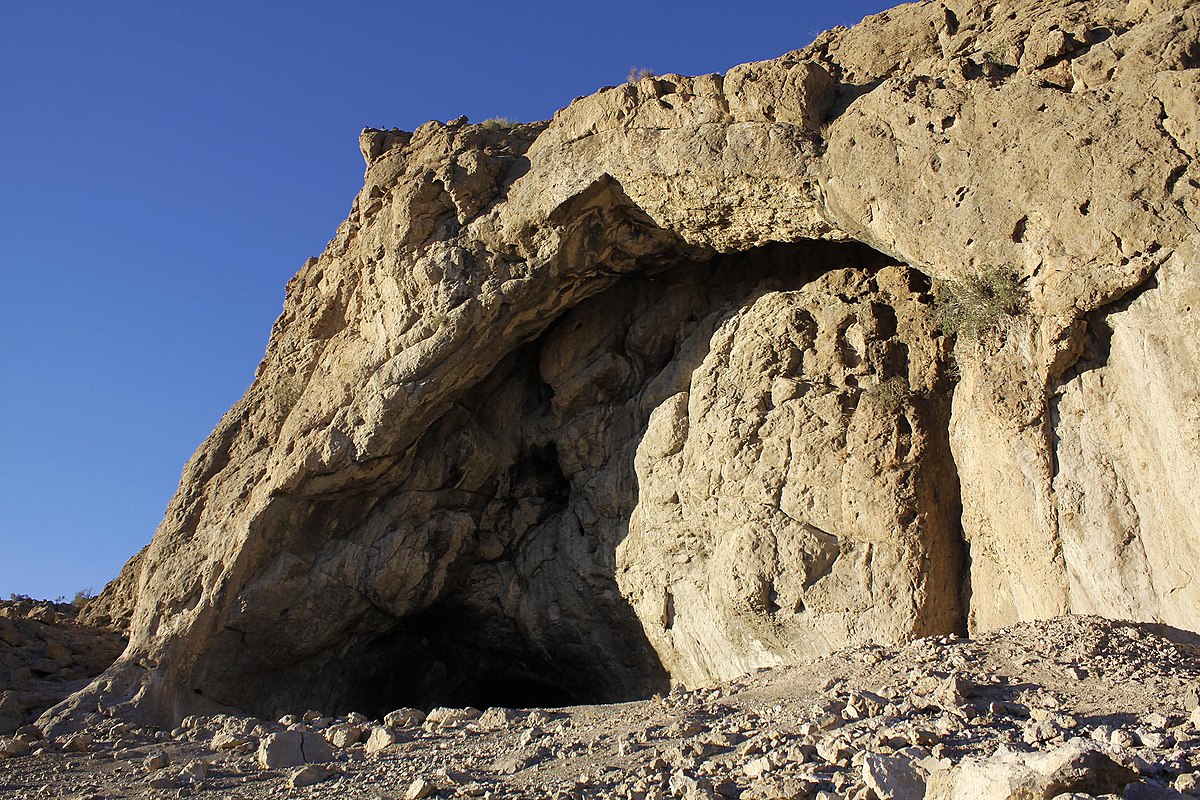


Choose blindless
Red blindless Green blindless Blue blindless Red hard to see Green hard to see Blue hard to see Monochrome Special MonochromeFont size change:
Change word spacing:
Change line height:
Change mouse type:
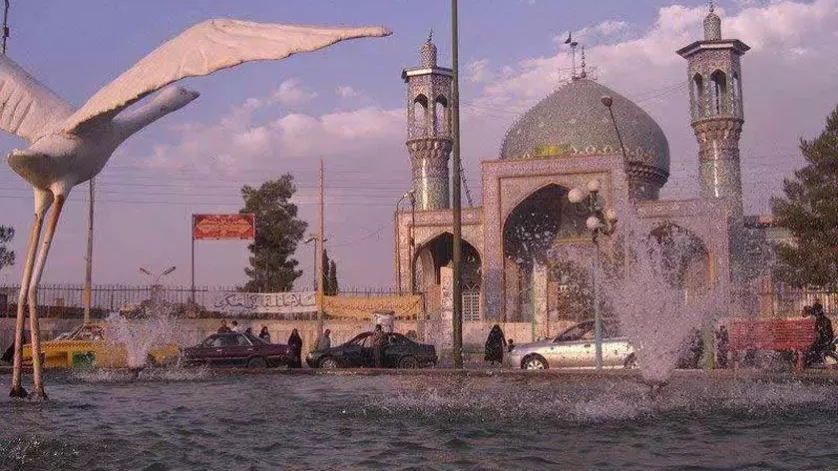
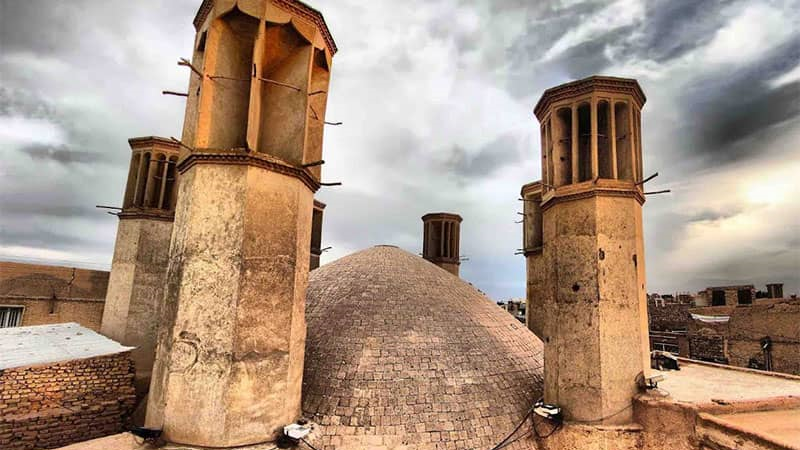
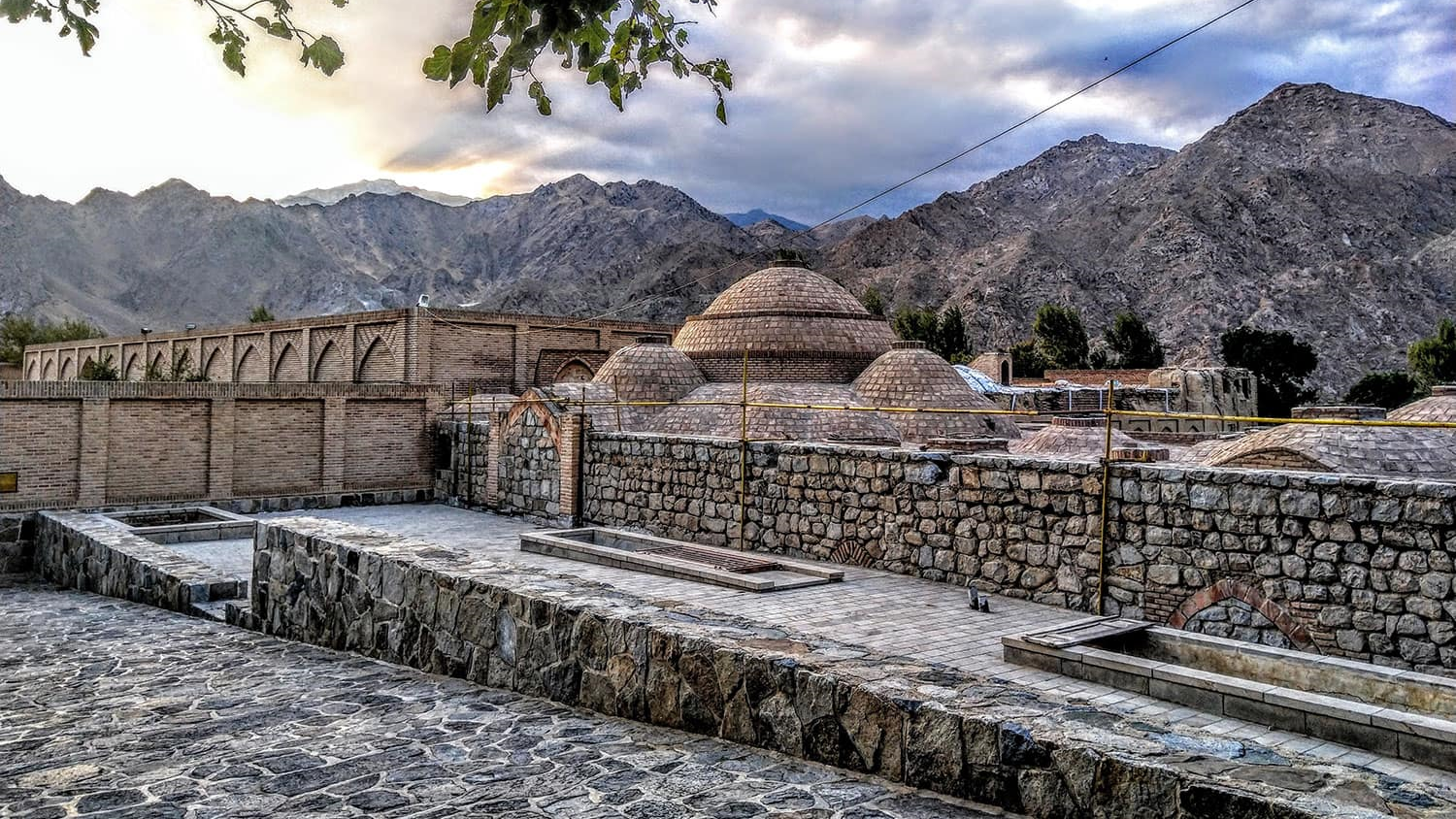
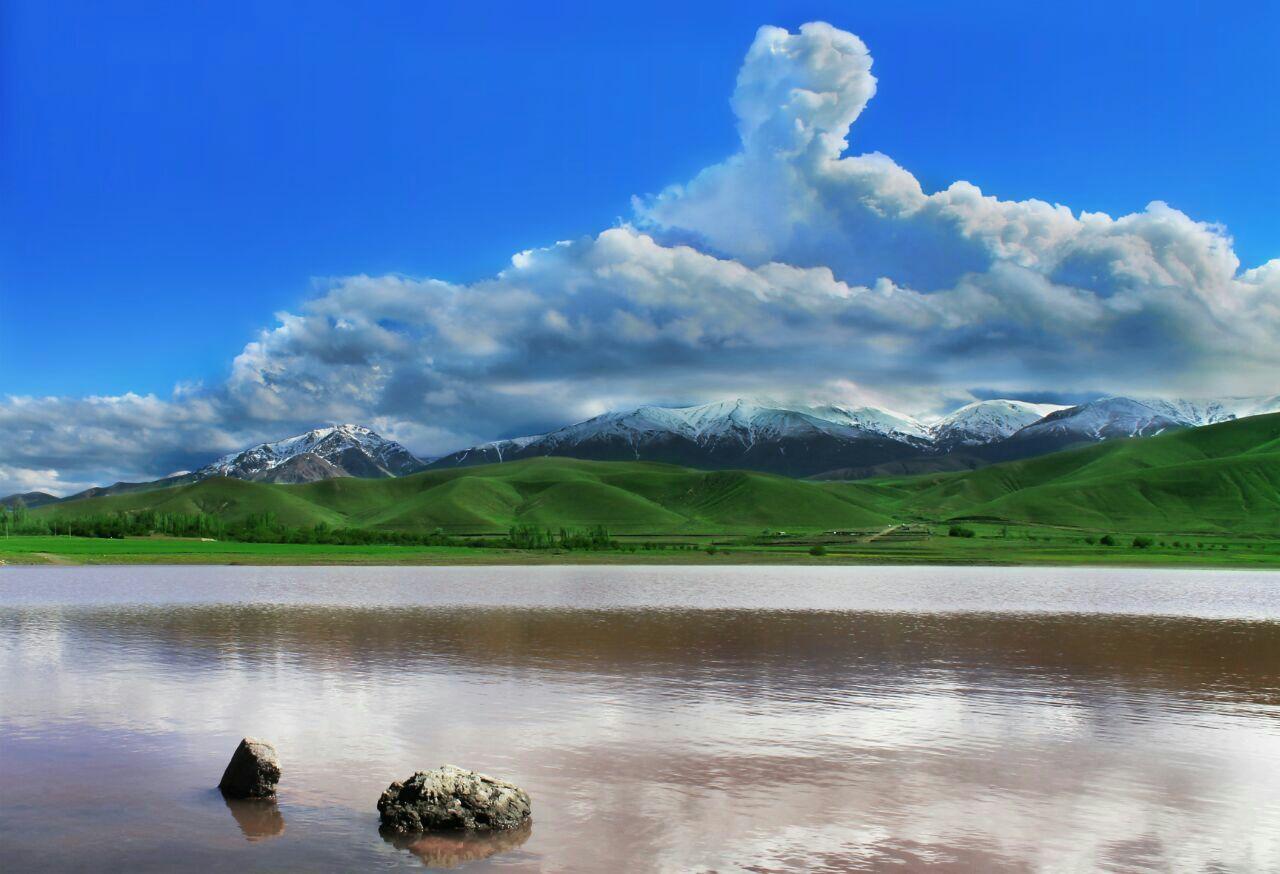

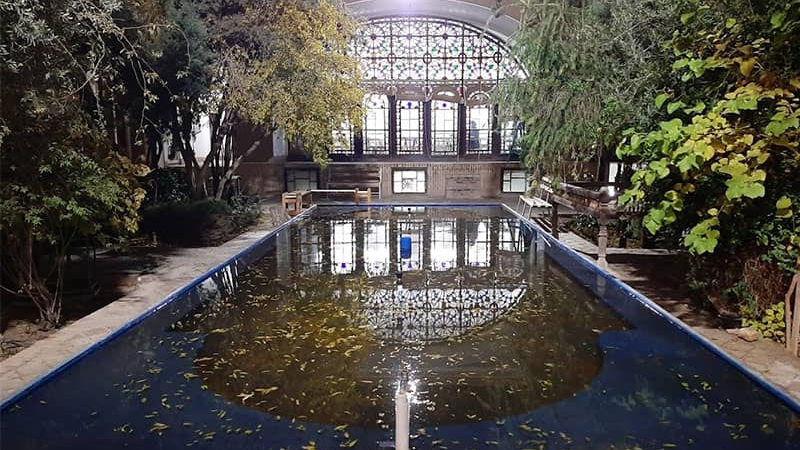

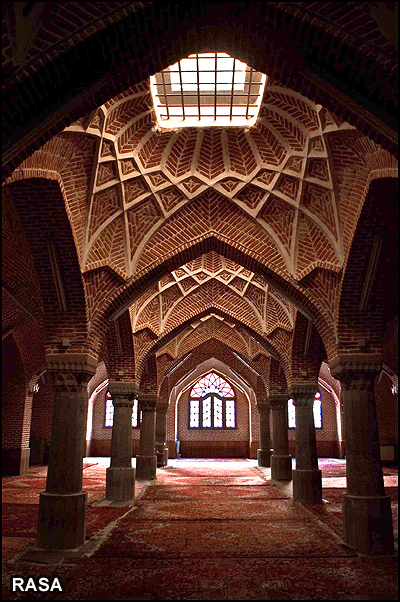

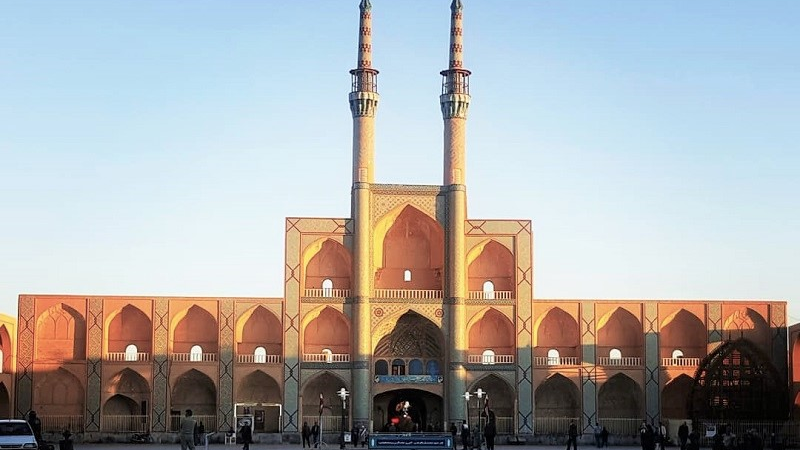
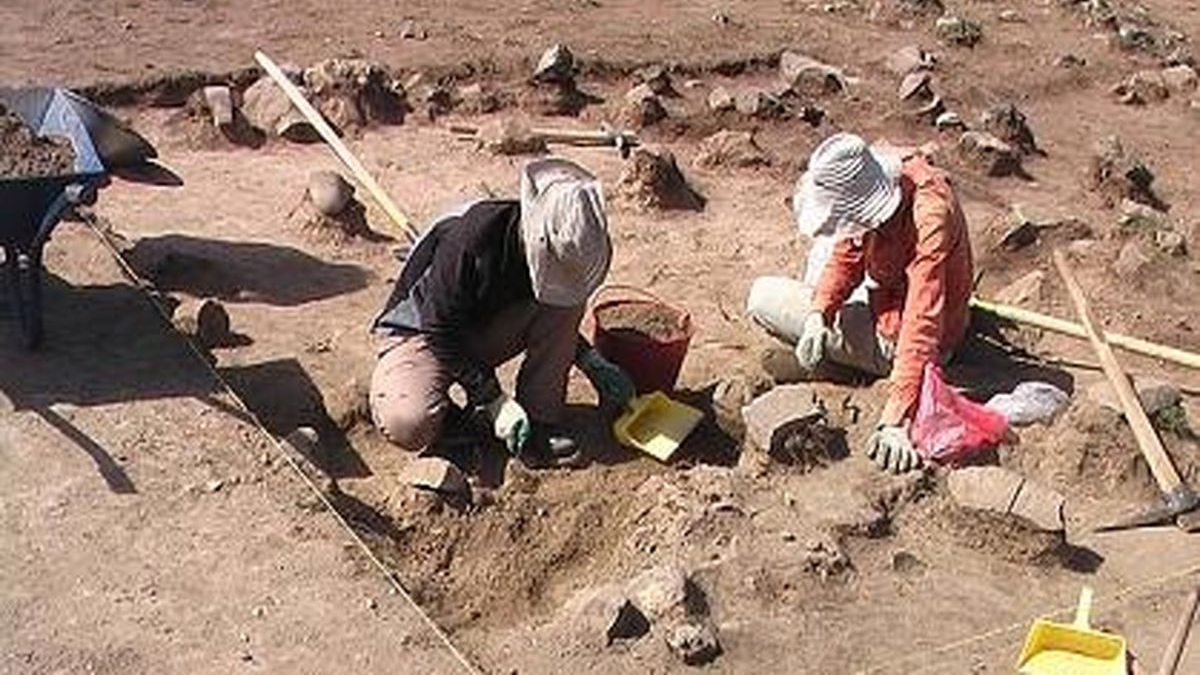
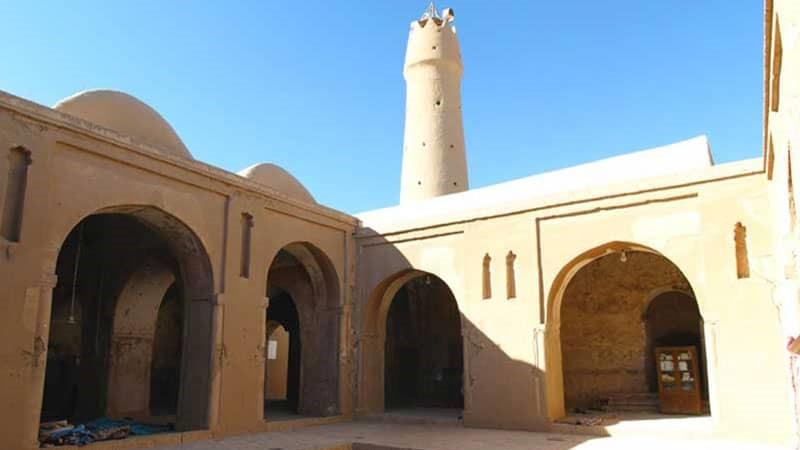
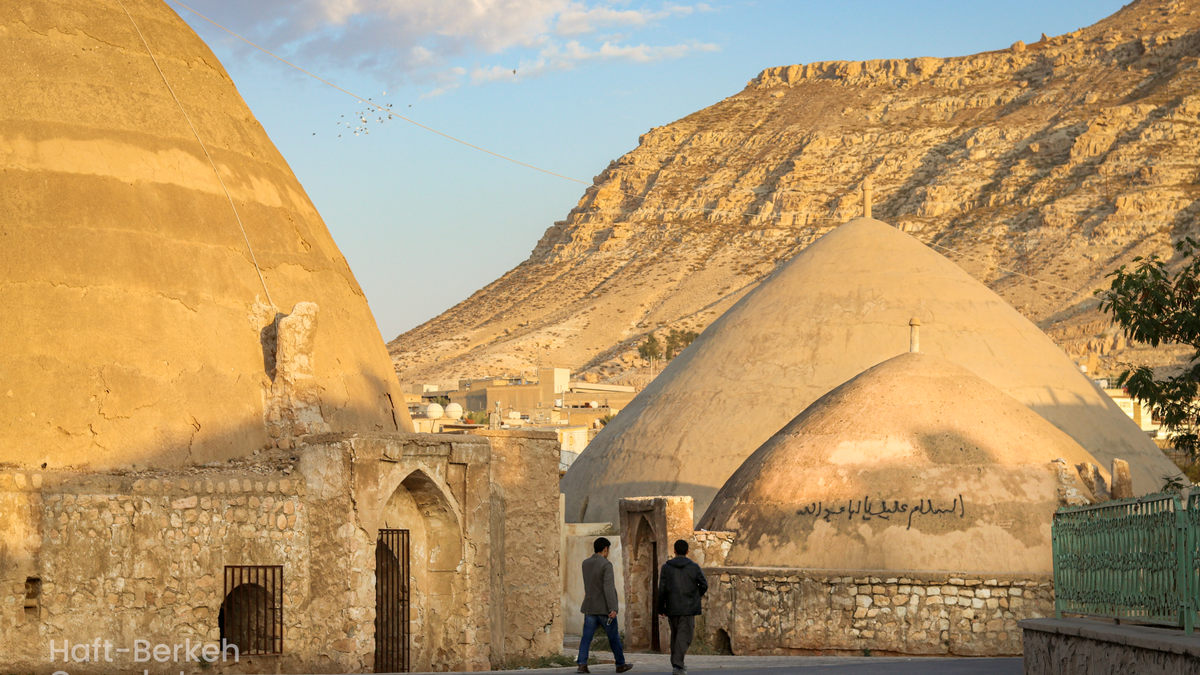



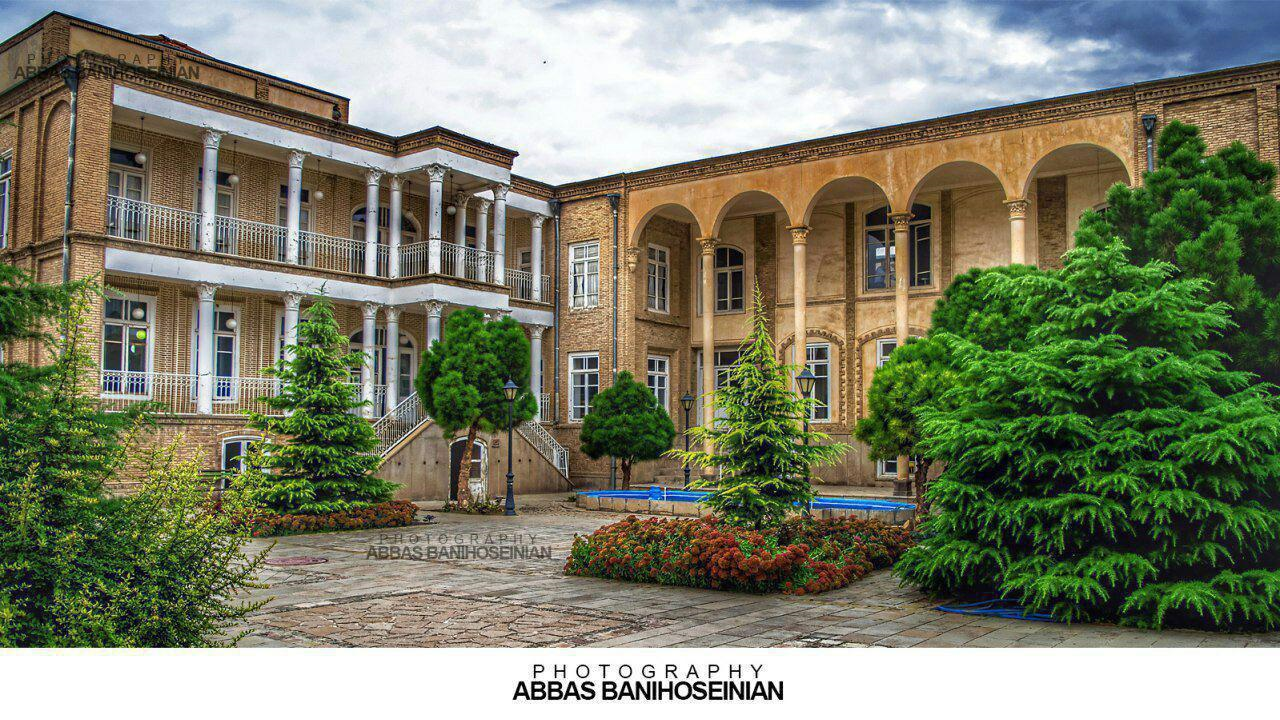
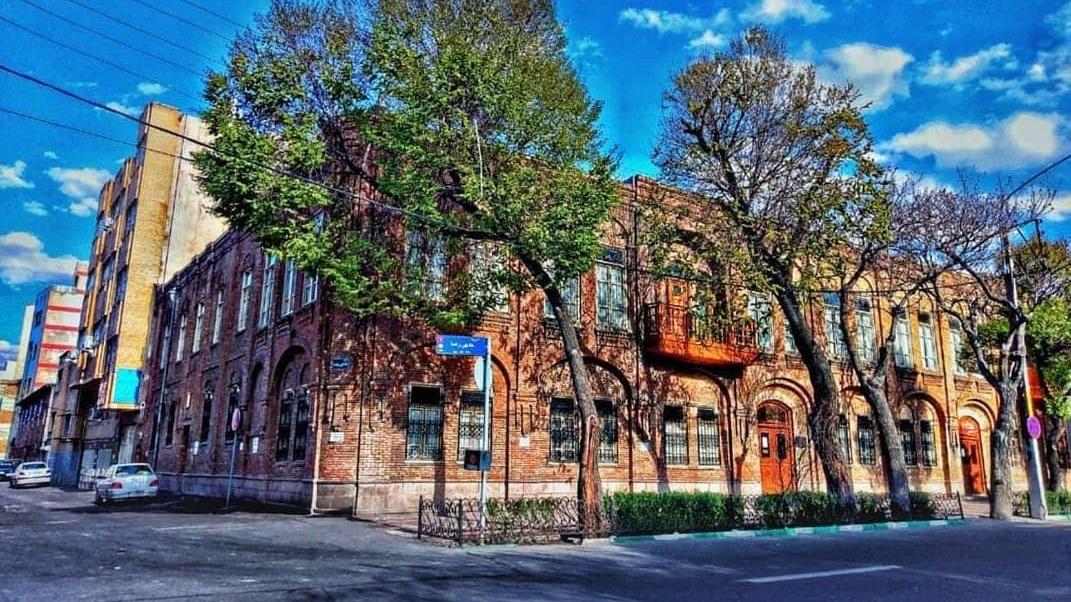
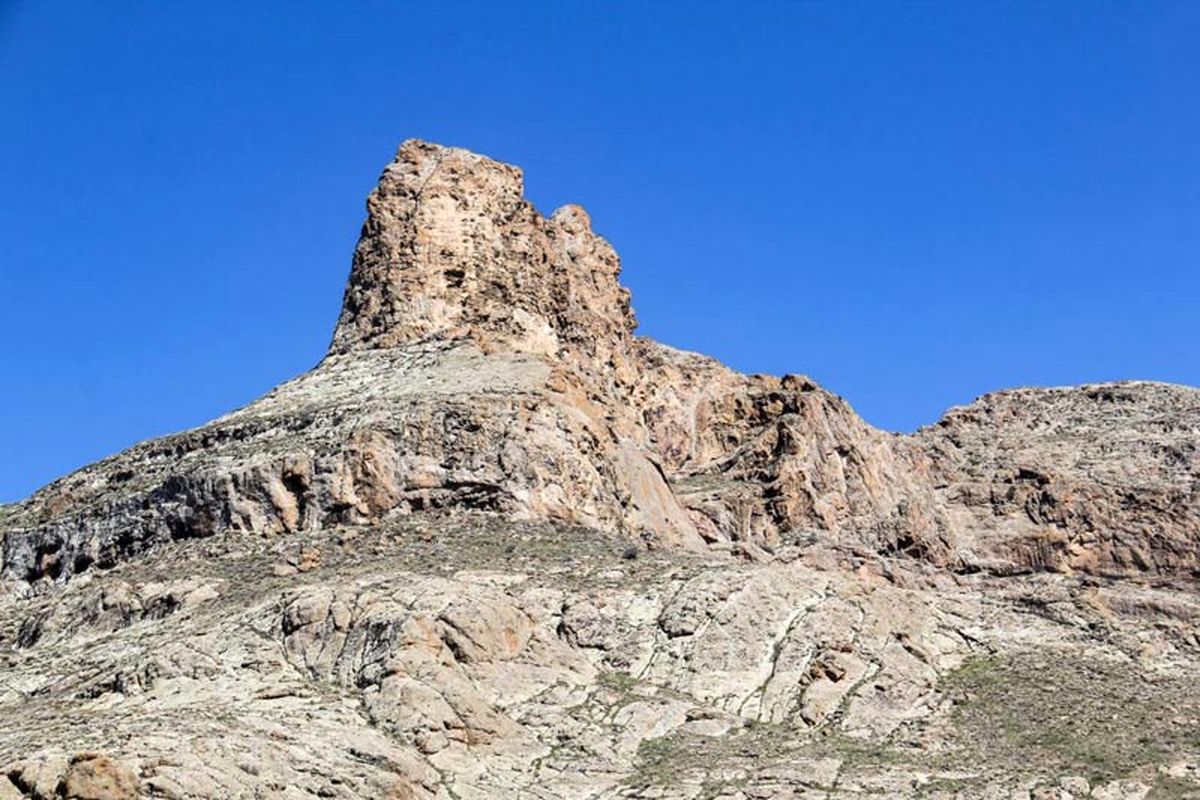
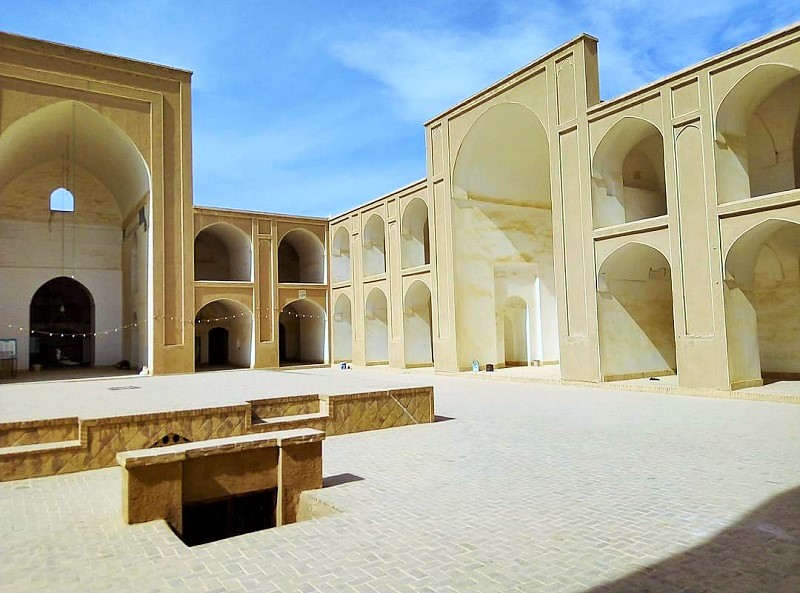
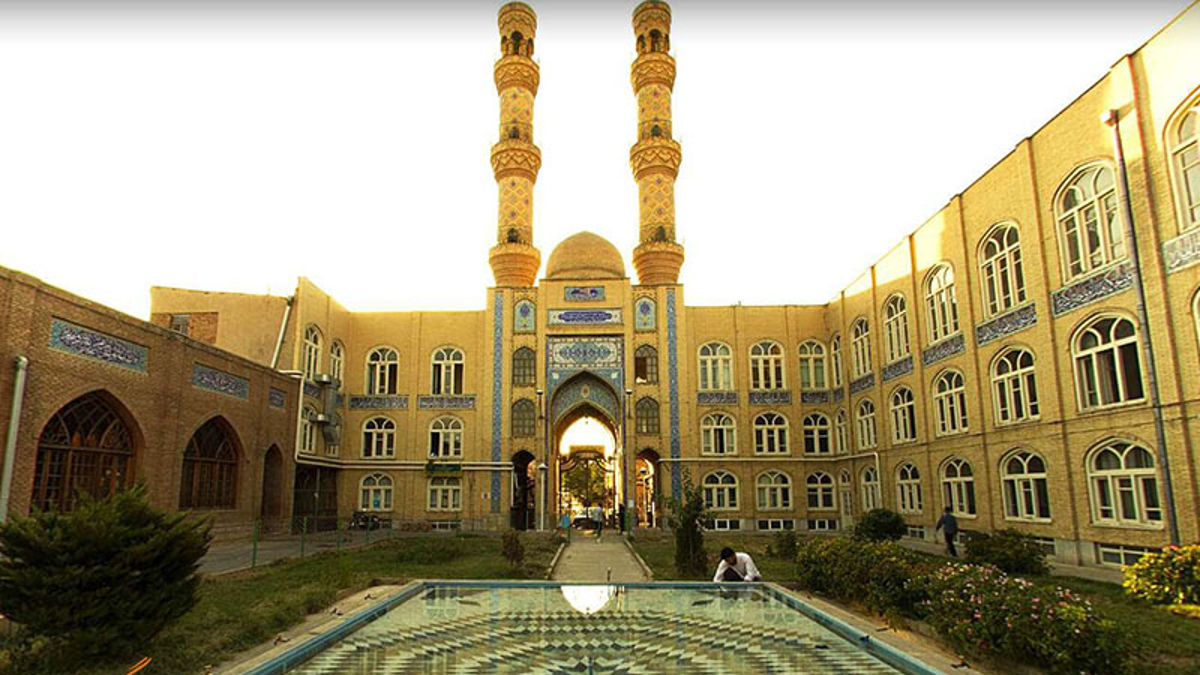

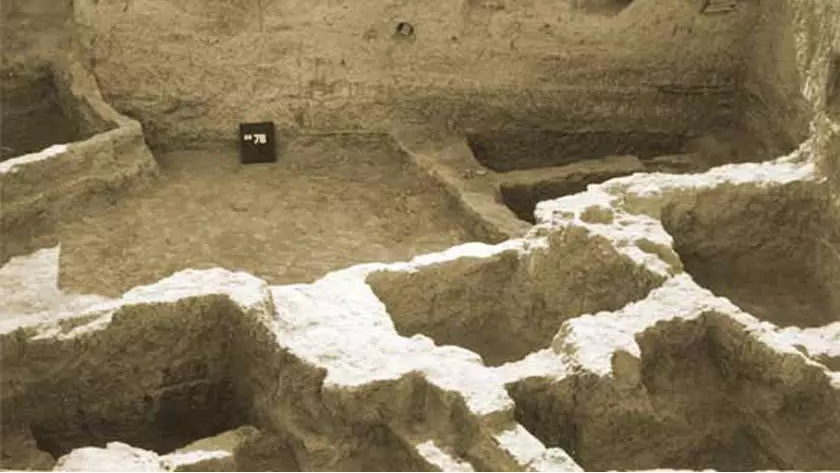



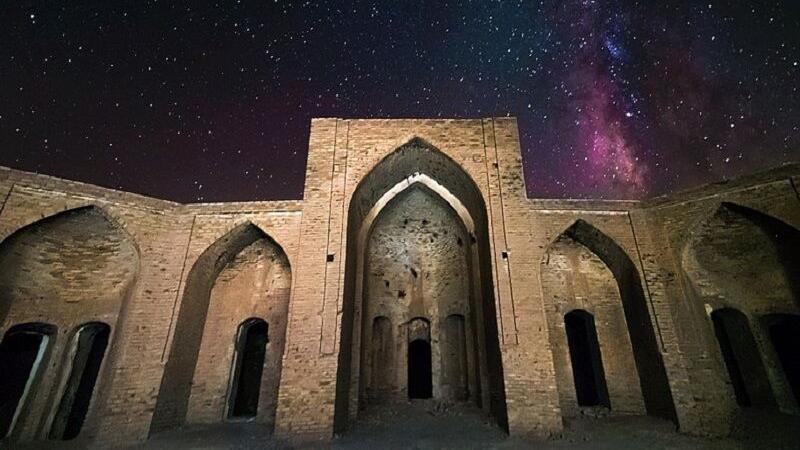
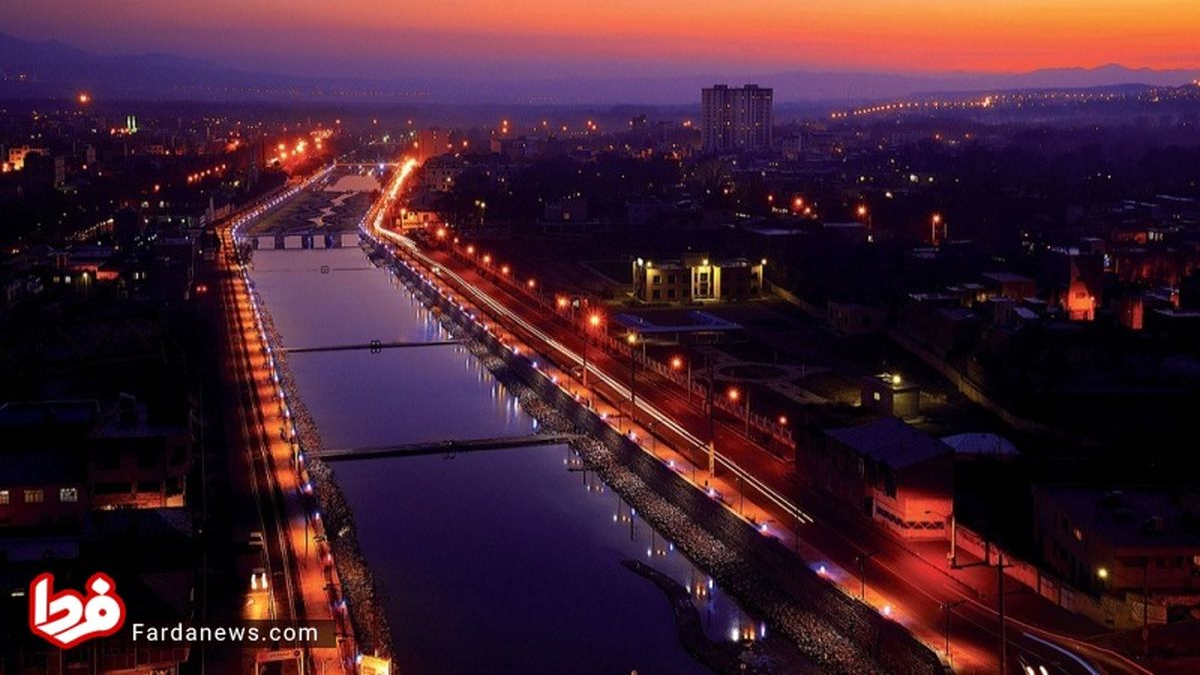

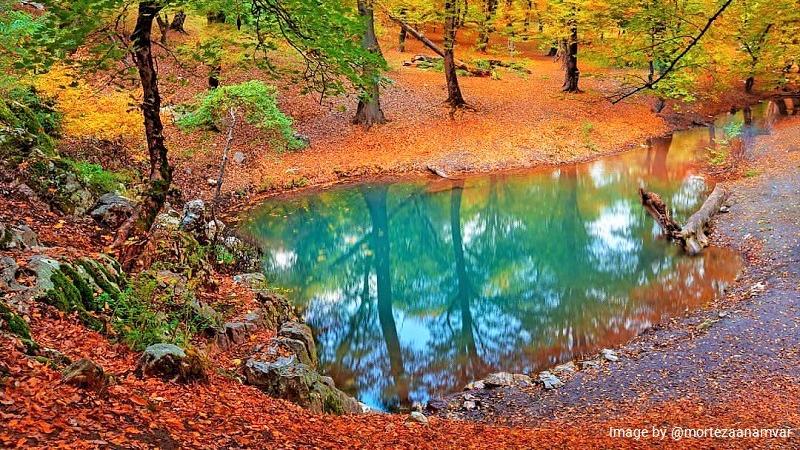
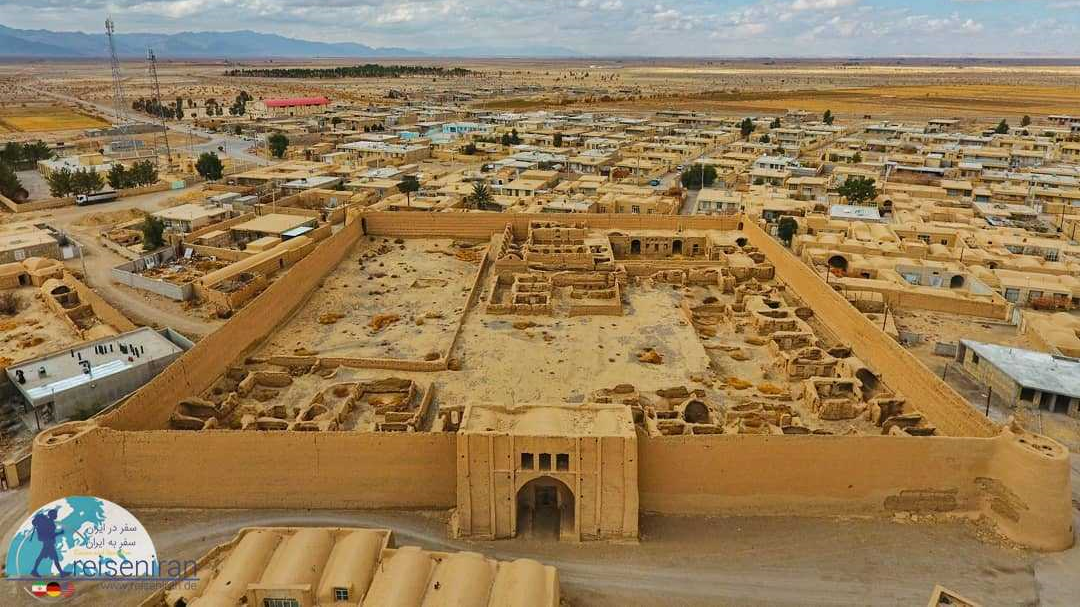
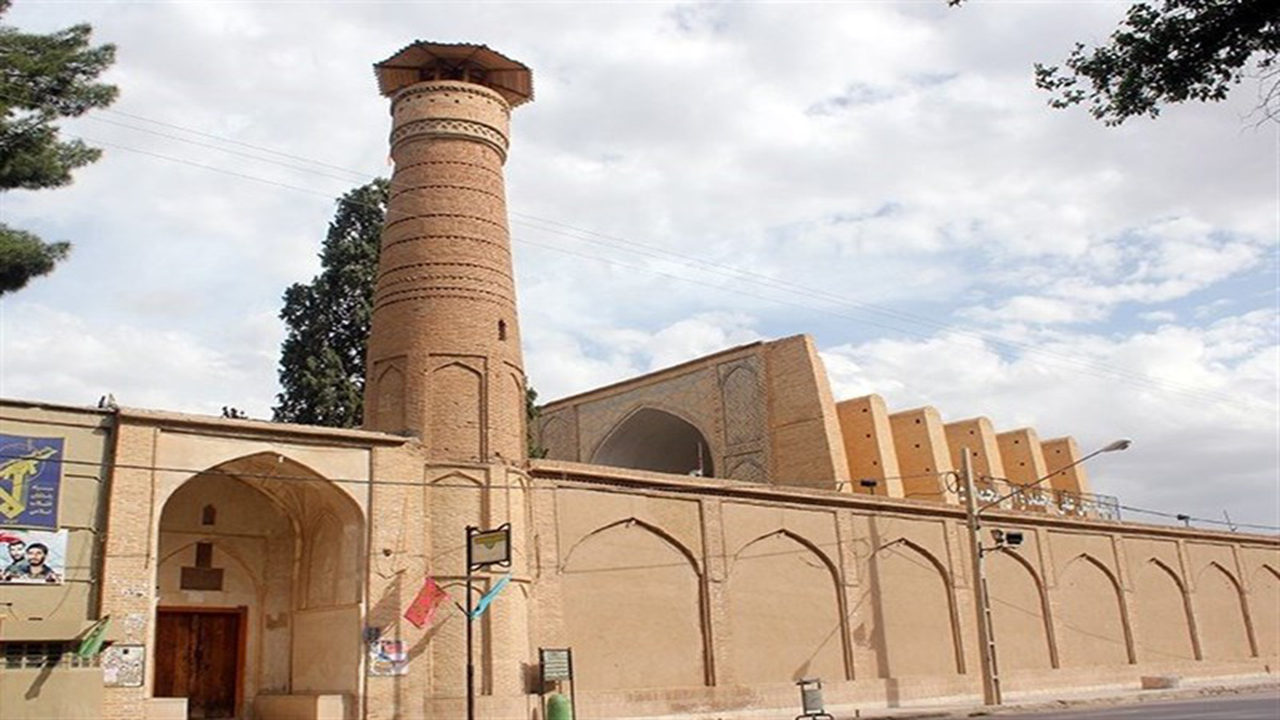

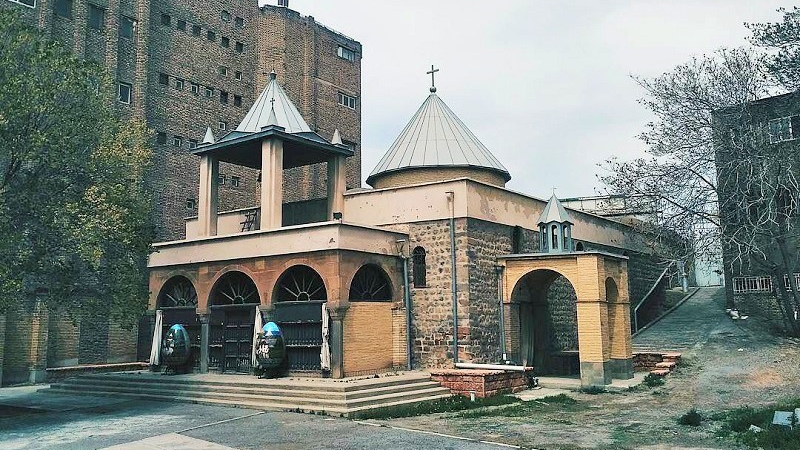
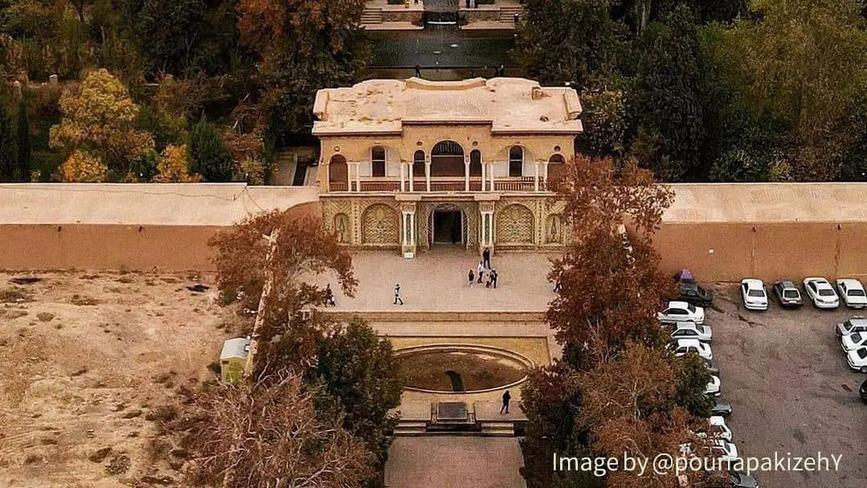
 در جنوب میدان نقش جهان واقع است_crop_1.jpg)
